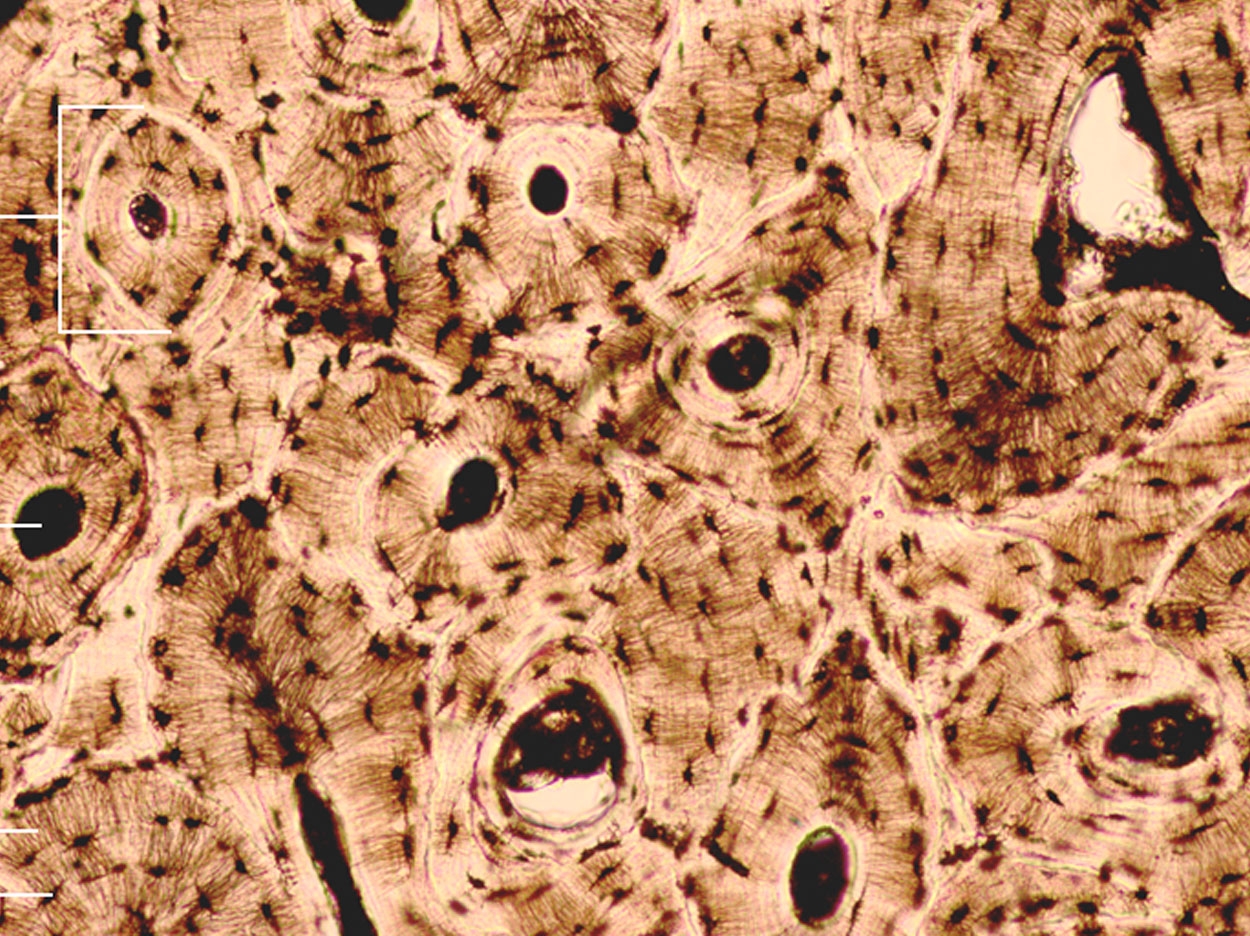
The osseous tissue that a dental implant is placed into, and surrounded by, has obvious major importance relating to the health of a dental implant. For this month’s Implants Today section, Dr. Charles Schlesinger has written an excellent article on ridge preservation technique that outlines the science and material considerations to grow bone. In his article, Dr. Schlesinger spells out how osseous cells form and why various materials help out in that process. When I was trained by my mentor, the late Dr. Carl Misch, I remember realizing how important it was to understand the science behind how bone forms in order to be a really good implant dentist. It is the foundation in many ways for what we do, and an in-depth knowledge of the cellular aspects of bone formation, in my opinion, is crucial.
As important as bone is for dental implant success, the soft tissue around the bone, and a dental implant, has equal importance. A high-performance car’s engine, for example, is useless without the right tires to support its overall performance. In a way, it is similar with the bone and soft tissues. The soft tissue surrounding dental implants protects dental implants from debris, trauma, and peri-implant problems and, in addition, the vascularity of soft tissue nourishes bone formation; bone-level hemostasis; and ultimately, implant survival. In his article, “Resolving a Common Implant Complication: Creating Attached Gingiva,” Dr. Timothy Kosinski, one of our distinguished Implants Today Advisory Board members, clearly shows the clinical techniques and importance of keratinized tissue around dental implants. He stresses how to manipulate available keratinized tissue for implant health, and why. While this article stresses the importance of utilizing available keratinized tissue around dental implants, there are many times a patient presents clinically without adequate keratinized tissue available to relocate. In these situations, soft-tissue grafting techniques come into play, either with free gingival grafts or connective tissue graft procedures.
The science of implantology is truly a multi-disciplinary field. Success with tooth replacement through dental implant placement requires a mastery of both hard- and soft-tissue procedures, as well as an understanding of many other areas of dentistry. If you have any questions or comments about this topic, or any other subject presented in Implants Today, feel free to contact Dr. Tischler at mt@tischlerdental.com.
Related Articles
New Technologies in Implant Dentistry
A Multidisciplinary Modality in Practice
Bone Grafting for Implant Dentistry


